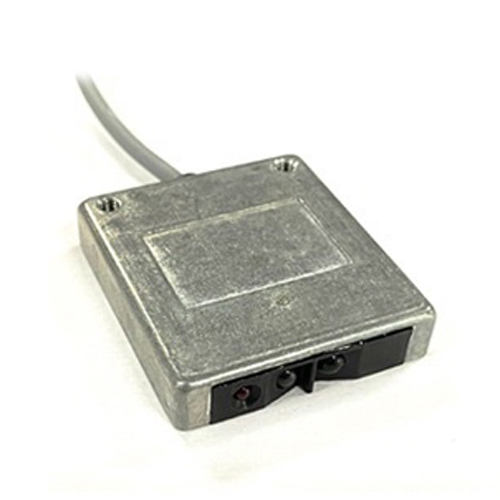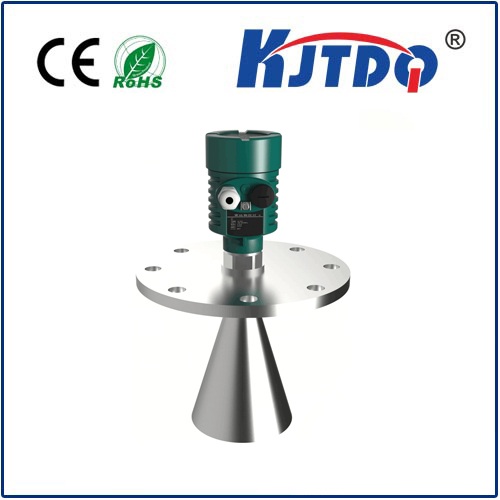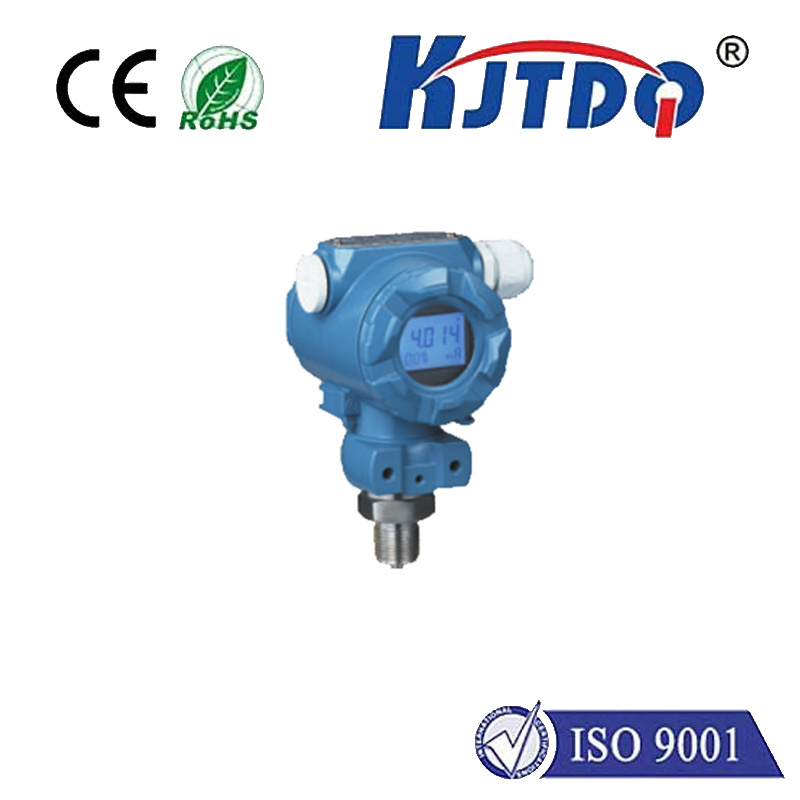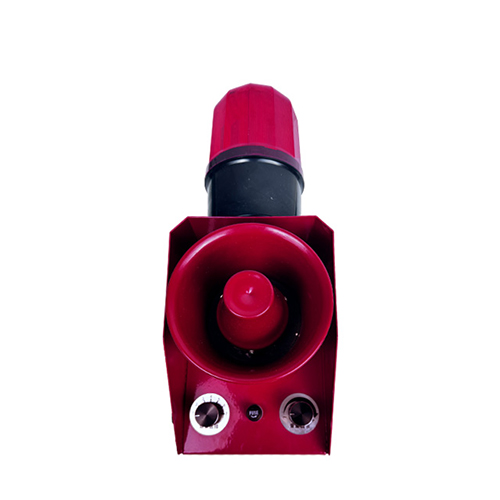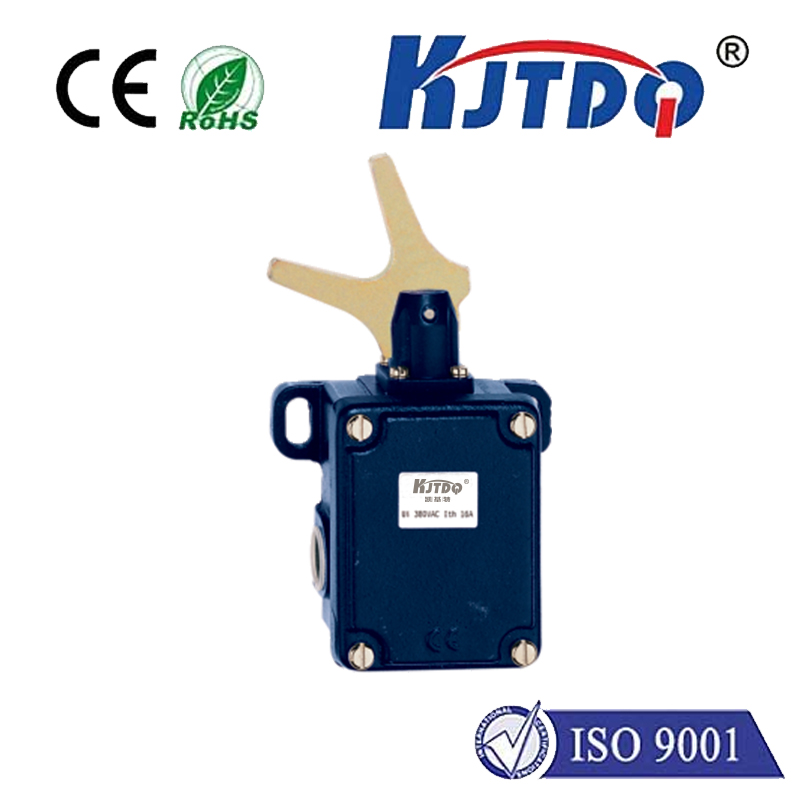

check

check

check

check

check

check

check

check

check

check
Think your car is just metal and gasoline? Think again. Modern vehicles are packed with sophisticated electronics smarter than the pencils NASA used for Apollo. And keeping this complex orchestra in tune, ensuring your engine runs cleanly and efficiently, is a critical yet often overlooked component: the front oxygen sensor, also known as the upstream O2 sensor or Sensor 1.
This little sentinel, typically screwed into the exhaust manifold or pipe before the catalytic converter, plays a pivotal role in your engine’s health, fuel economy, and environmental footprint. Understanding its function and knowing the signs of trouble can save you money, headaches, and avoid unnecessary emissions.
What Exactly Does the Front O2 Sensor Do?
At its core, the front O2 sensor is a chemical detective. Its job is to constantly monitor the amount of unburned oxygen present in your engine’s exhaust gases as they exit the combustion chambers. Why is this so important? Because the level of oxygen is a direct indicator of the air-fuel ratio inside the cylinders.
The front O2 sensor continuously generates a small, rapidly fluctuating voltage signal based on the oxygen content. This real-time data is fed instantly to the engine’s central brain – the Engine Control Unit (ECU).
The Feedback Loop: Precision Engine Management

This is where the magic of modern engine control happens. The ECU uses the front O2 sensor’s signal as its primary feedback to adjust the fuel injector pulse width – essentially fine-tuning how much fuel gets sprayed into the cylinders – milliseconds by milliseconds. This critical process is called closed-loop operation.
The ECU constantly compares the O2 sensor’s reading to the ideal stoichiometric ratio (approximately 14.7 parts air to 1 part fuel for gasoline engines – the “Goldilocks zone” where most harmful emissions can be efficiently converted in the catalytic converter). If the mixture is lean, the ECU commands more fuel. If it’s rich, it commands less.
This constant, rapid adjustment based on the front O2 sensor’s input is fundamental to achieving optimal:
Why the “Front” Designation Matters
You might hear about upstream (front) and downstream (rear) O2 sensors. Their locations are key:
Recognizing the Warning Signs of a Failing Front O2 Sensor
Like any component exposed to extreme heat and contaminants, front O2 sensors wear out over time (typically 60,000-100,000 miles, but consult your manual). Ignoring a failing sensor leads to a cascade of problems. Key symptoms include:
Caring for Your Oxygen Sensor: Prevention & Maintenance
While front O2 sensors are wear items, you can maximize their lifespan:
The Vital Link in Clean, Efficient Driving
The front O2 sensor is far more than just a sensor; it’s the cornerstone of your engine’s ability to optimize combustion in real-time. By constantly monitoring exhaust gases and providing instant feedback, it allows the ECU to maintain the delicate balance required for power, economy, and low emissions. Recognizing its importance and the symptoms of its failure empowers you to keep your vehicle running smoothly, efficiently, and cleanly for miles to come. Never underestimate the power of this small but mighty component silently working away under your hood.

